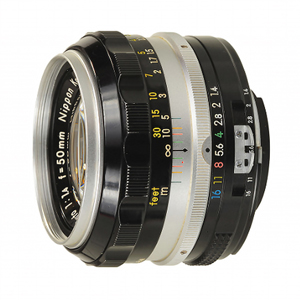Info provided on basic camera lenses
Most cameras come with a 50- or 55mm lens termed a standard lens. This lens is the least expensive to produce, which partially explains why it is included with the camera body, but the best news is that it records the scene most nearly as your eye sees it.

A wide-angle lens will give you a broader view, but it will take straight, vertical lines at the edges and curve them inward. As a result, architectural images will appear distorted. In addition, they will make objects in the distance seem smaller in relation to the foreground. Use this to your advantage if you want to brag on a fish you caught. Hold the fish nearest the lens and its appearance will become enlarged.
A telephoto lens will compress the depth of the scene so that distant objects appear closer to the foreground than they really are. It also has a narrow depth of field, making items in the foreground and background out of focus. In addition, it is heavy and quite expensive. It is good however, to isolate the subject or make the subject appear closer. If you want to capture a really close race, this will give you the most dramatic finish.
Other advantages of the standard lens is its lighter weight, has a shorter extension from the camera body, can have more light gathering ability, and provides closer focusing on an object.
To make it more versatile, close focusing lenses can be screwed to the front of the lens, or with an adapter ring, you can reverse the lens for close ups. Varying length extension tubes will also provide macro focusing. Multipliers can be added to give it telephoto capabilities. These make it more versatile without adding a lot of weight, bulk or expense. You may want to try these add-ons before investing in a specialty lens.
POSTED: 04/25/19 at 2:04 am. FILED UNDER: Camera Club News







